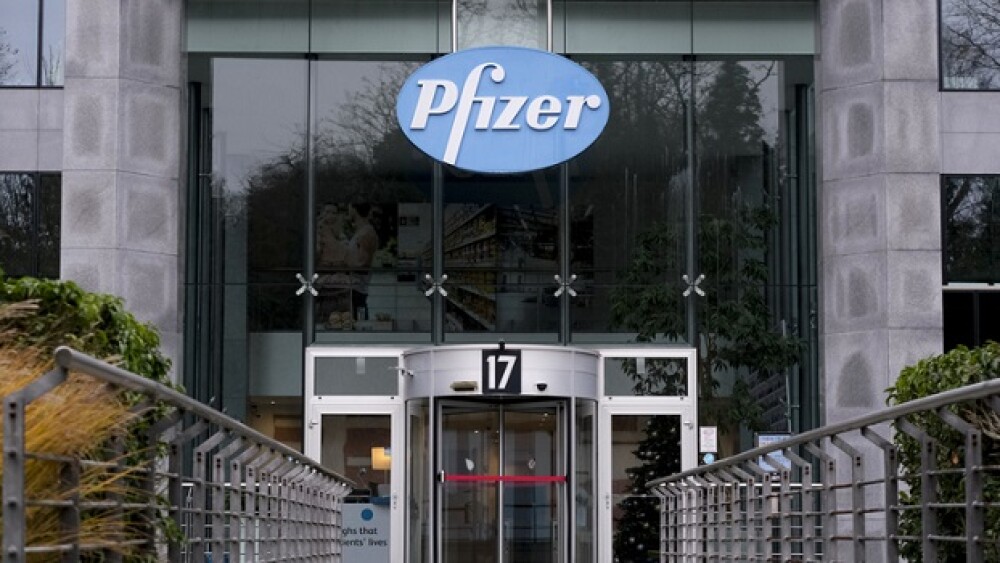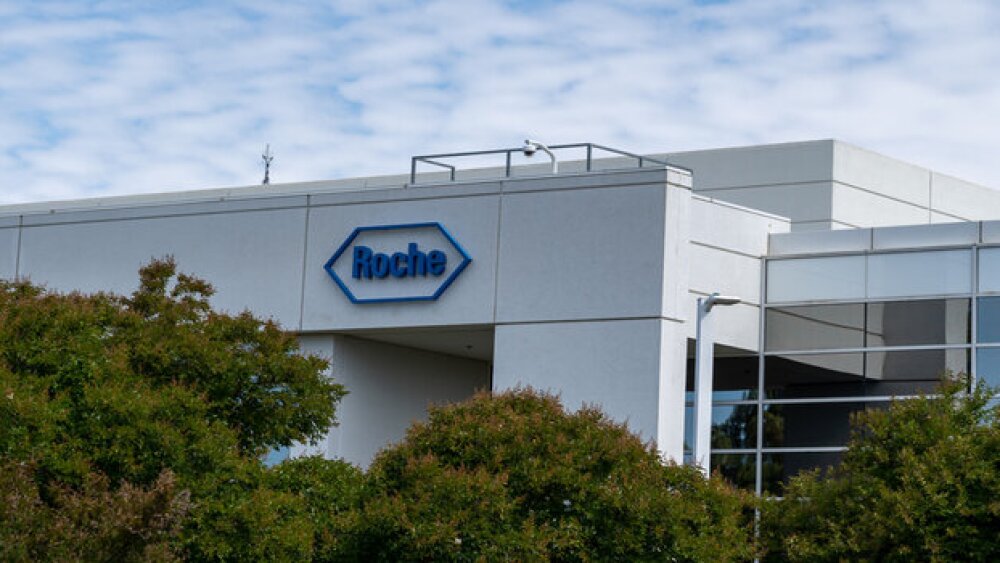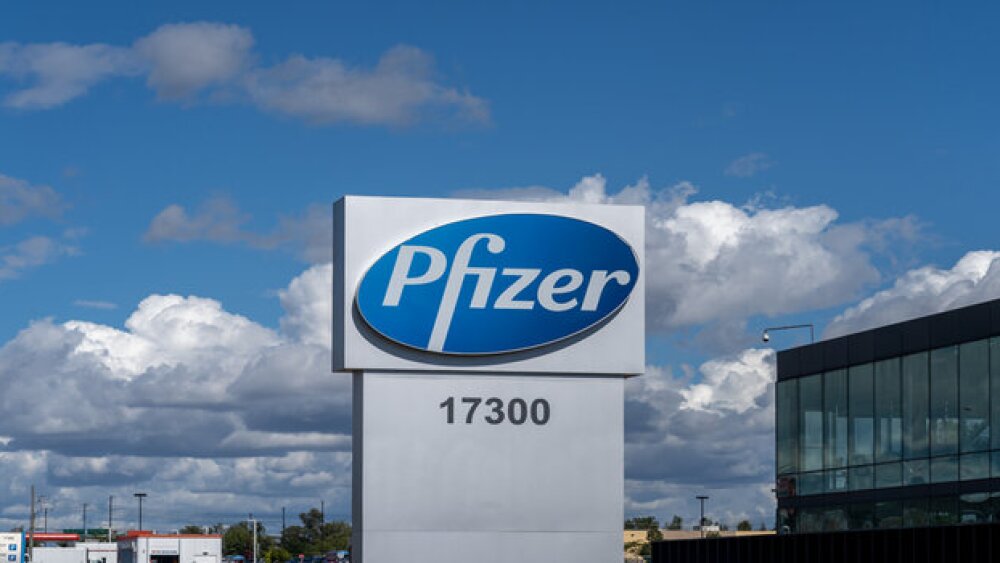Despite hitting its efficacy targets in the Phase III COAST-1 study, Sanofi’s amlitelimab remains “meaningfully inferior” to Dupixent, according to analysts at Leerink Partners.
Sanofi’s investigational OX40L blocker amlitelimab significantly eased skin lesions and disease severity in a Phase III study of atopic dermatitis—though the extent of its benefits has left analysts disappointed.
Writing to investors on Thursday morning, analysts at Leerink Partners noted that amlitelimab’s late-stage performance came “well below expectations.” In particular, its efficacy “was meaningfully inferior” to Dupixent, the blockbuster anti-inflammatory biologic developed by Sanofi and Regeneron, which the analysts considered as the “bar for compelling results.”
Thursday’s readout comes from the Phase III COAST-1 study, which tested amlitelimab against placebo in more than 600 patients 12 years and older with moderate-to-severe atopic dermatitis. One of the study’s key endpoints is EASI-75, a variable that measures the proportion of patients reaching a 75% or greater improvement in the eczema area and severity index total score.
Results showed that at 24 weeks, a monthly subcutaneous dose of amlitelimab resulted in a 35.9% EASI-75, while an injection administered every 12 weeks elicited 39.1% EASI-75. Placebo counterparts, at this time point, saw 19.1% EASI-75. According to analysis by Leerink, these findings equal placebo-adjusted EASI-75 outcomes of roughly 17% and 20% for amlitelimab dosed every four and 12 weeks, respectively.
“These results . . . fall short of Dupixent’s Week 16 performance in the Ph3 SOLO trials, in which placebo-adjusted EASI-75 reached 32–34%,” the analysts wrote.
In their own note Thursday, analysts at William Blair agreed that “the magnitude of benefit with amlitelimab came in well below investor expectations . . . compared to approved benchmarks including Dupixent.”
These disappointing outcomes, “add to the evidence suggesting OX40 or OX40L targeting therapies do not drive deep responses as fast as the IL-13/4 class,” the analysts added. Assets that act on the OX40 pathway may instead be relegated to a “second-line biologic for patients not responding to IL-13/4 therapies,” they said.
William Blair specifically named Amgen’s rocatinlimab, also an OX40-targeting antibody, which in March this year demonstrated a 29.5% EASI-75 advantage over placebo at 24 weeks. In September 2024, another Phase III readout found a placebo-adjusted EASI-75 improvement of 19.1% for rocatinlimab. “The efficacy of both rocatinlimab and amlitelimab in Phase III studies has fallen short of Dupixent,” the analysts noted.
Beyond COAST-1, Sanofi is running other atopic dermatitis trials of amlitelimab across its OCEANA clinical development program, including SHORE, COAST-2, AQUA and ESTUARY. Data coming in 2026 from those trials will potentially support global regulatory submissions, as per the pharma’s Thursday announcement.






